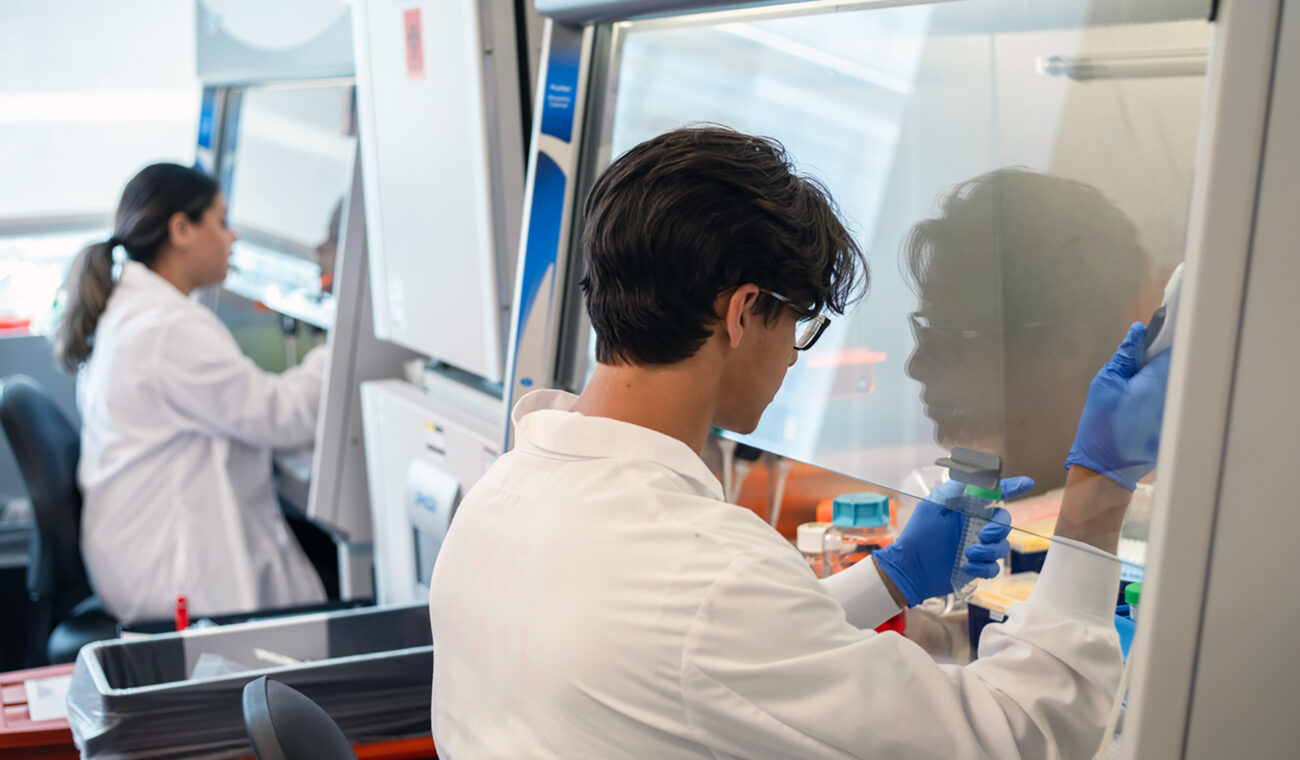Platform
Platform
The immune system is at the center of human health and disease

Overview
Our AI-driven, end-to-end platform leverages single-cell multiomics, integrating vast preclinical and clinical data to deliver actionable insights for drug discovery and development.
AMICA – the world’s largest cell-level immune knowledge base
-
Deep, multiomic
Single cell profiling of clinical cohorts
-
Dynamic
Functional genomics platform for multiplexed perturbations
-
Broad, curated
Data from public sources
-
Unified
Clinical and immunological annotations for integrative analysis
-
5-6k
Studies
-
350+ Sc studies
-
-
800+
Cell types
-
80 Immune cell types
-
-
500+
Diseases
-
300K+
Patient samples